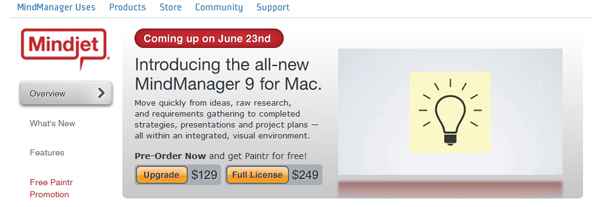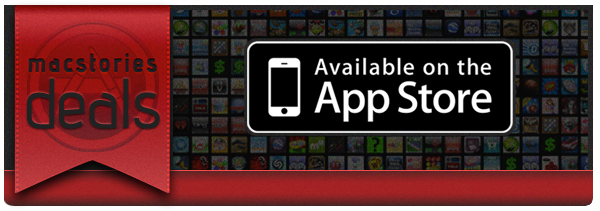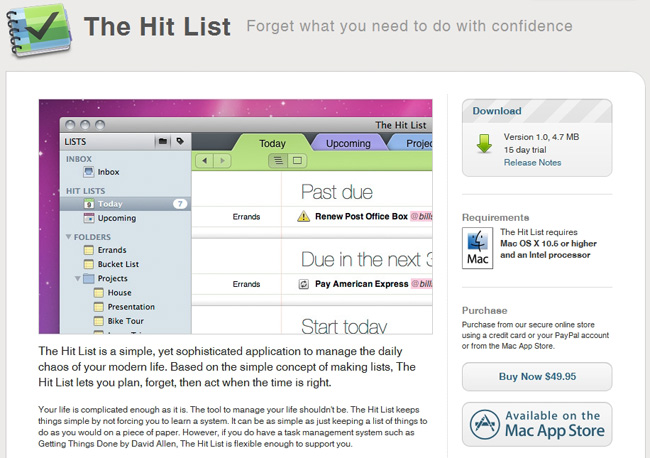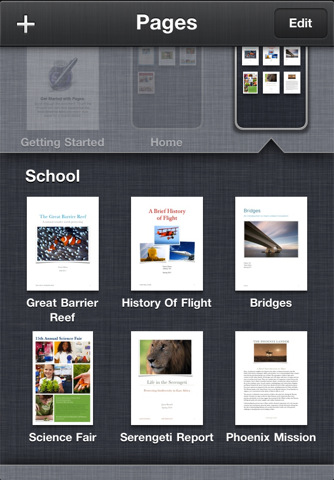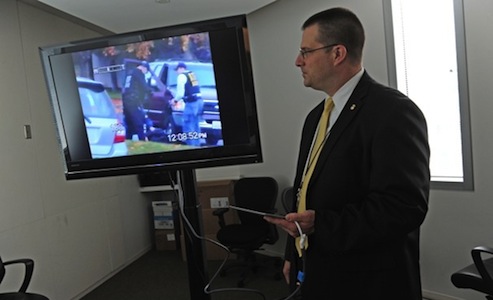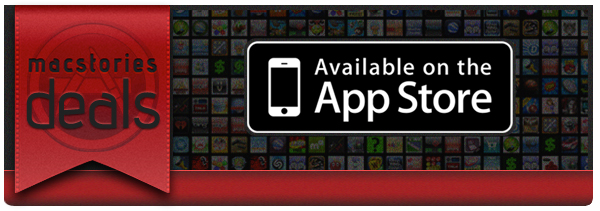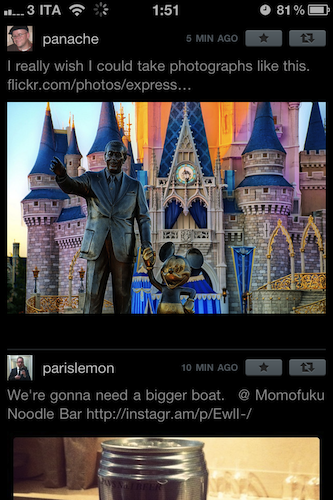Apple just announced the release of the iWork suite for iPhone, available today as a universal update for the existing iPad apps already available on the App Store. With the same feature set of the iPad counterparts, iWork for iPhone promises to let you easily manage and create documents, print them through AirPrint, and share them with iTunes local file sharing. All apps come with a new document manager to organize documents into folders, Keynote brings deeper compatibility with the Keynote Remote sold separately and Pages sports a new feature called “Smart Zoom” for viewing and editing data.
“Now you can use Keynote, Pages and Numbers on iPhone and iPod touch to create amazing presentations, documents and spreadsheets right in the palm of your hand,” said Philip Schiller, Apple’s senior vice president of Worldwide Product Marketing. “The incredible Retina display, revolutionary Multi-Touch interface and our powerful software make it easy to create, edit, organize and share all of your documents from iPhone 4 or iPod touch.”
Keynote, Pages and Numbers import and export documents from iWork for Mac and Microsoft Office; print wirelessly using AirPrint™; and include beautiful Apple-designed themes and templates. All iWork apps now include improved document management with thumbnail images that let you find your files quickly, organize them and group them into folders using intuitive gestures. From the Tools button in the toolbar, you can easily share any presentation, document or spreadsheet without leaving the app.
The three apps – Pages, Numbers and Keynote – retain the same feature set seen on the iPad, with the addition of document manager in the 1.4 universal update and some iPhone-specific views and zoom functionalities to make sure large documents can be edited and viewed easily on the iPhone’s smaller screen. Numbers, for example, comes with the same special keyboards of the iPhone, but places the function toolbars on top. In Pages, media, charts, tables and shapes are accessible from a Camera Roll view and file picker that’s similar to what already happens on the iPad, only smaller.
Check out more screenshots and full press release below. Read more


